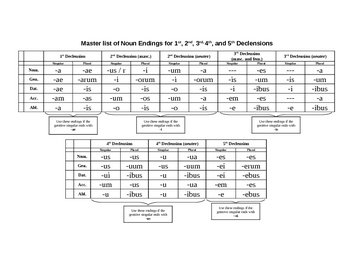

In modern French, although gender is marked in the written language, however inconsistently, by the presence or absence of final - e, any overt morphological markers the spoken language may have are more complex in character, and more reliance is placed on syntactic agreement thus, chatte ‘she-cat’ is distinguished from chat ‘cat’ by the presence or absence of the final consonant sound - t in pronunciation, but (le) tour ‘tour, trick’ and (la) tour ‘tower’ have identical phonetic shapes though they belong to different gender classes.Īll the Romance languages continue to mark plurality in nouns and adjectives morphologically, though in modern spoken French this is not done consistently. Cognates of third-declension Latin noun forms are incorporated into the same system, but their gender is marked by changes in the article or accompanying adjective (agreement or accord) rather than by overt markers in the word itself (for example, masculine Italian il monte, Catalan el munt, from Latin mons, montem ‘mountain’ feminine Italian la notte, Catalan la nit, from Latin nox, noctem ‘night’). The Classical Latin five-case declensional system has everywhere been replaced (with a couple of doubtful exceptions) by a two- gender system, in which normally masculine gender is marked by survivors of the second (- us) declension endings of Latin (Italian cavallo, Portuguese cavalu, Romanian cal, Sardinian kaḍḍu, Rhaetian cavagl, from Latin caballus ‘horse’), and feminine is marked by first (- a) declension endings (Italian capra, Spanish cabra, Rhaetian caura, Romanian capră, from Latin capra ‘goat’). The inflectional endings have been lost most in nouns and adjectives. A corollary of this is that word order is less flexible in Romance, as it has become the principal means of showing relationship between words in the sentence. In Romance, Latin inflectional endings have been much reduced, and more reliance is placed on syntactic construction to convey sentence meaning that is, Romance languages are more “analytic” than the predominantly “synthetic” Latin. The most obvious difference between Latin and Romance is in the comparative autonomy of morphemic units, especially words. Item for item, the Romance languages all appear grammatically close to Latin and to each other: superficial resemblances in individual expressions may, however, mask differences of content and construction that are difficult to describe. SpaceNext50 Britannica presents SpaceNext50, From the race to the Moon to space stewardship, we explore a wide range of subjects that feed our curiosity about space!.Learn about the major environmental problems facing our planet and what can be done about them! Saving Earth Britannica Presents Earth’s To-Do List for the 21st Century.Britannica Beyond We’ve created a new place where questions are at the center of learning.100 Women Britannica celebrates the centennial of the Nineteenth Amendment, highlighting suffragists and history-making politicians.

#Latin endings how to
COVID-19 Portal While this global health crisis continues to evolve, it can be useful to look to past pandemics to better understand how to respond today.Student Portal Britannica is the ultimate student resource for key school subjects like history, government, literature, and more.From tech to household and wellness products. This Time in History In these videos, find out what happened this month (or any month!) in history.#WTFact Videos In #WTFact Britannica shares some of the most bizarre facts we can find.Demystified Videos In Demystified, Britannica has all the answers to your burning questions.Britannica Explains In these videos, Britannica explains a variety of topics and answers frequently asked questions.Britannica Classics Check out these retro videos from Encyclopedia Britannica’s archives.


 0 kommentar(er)
0 kommentar(er)
